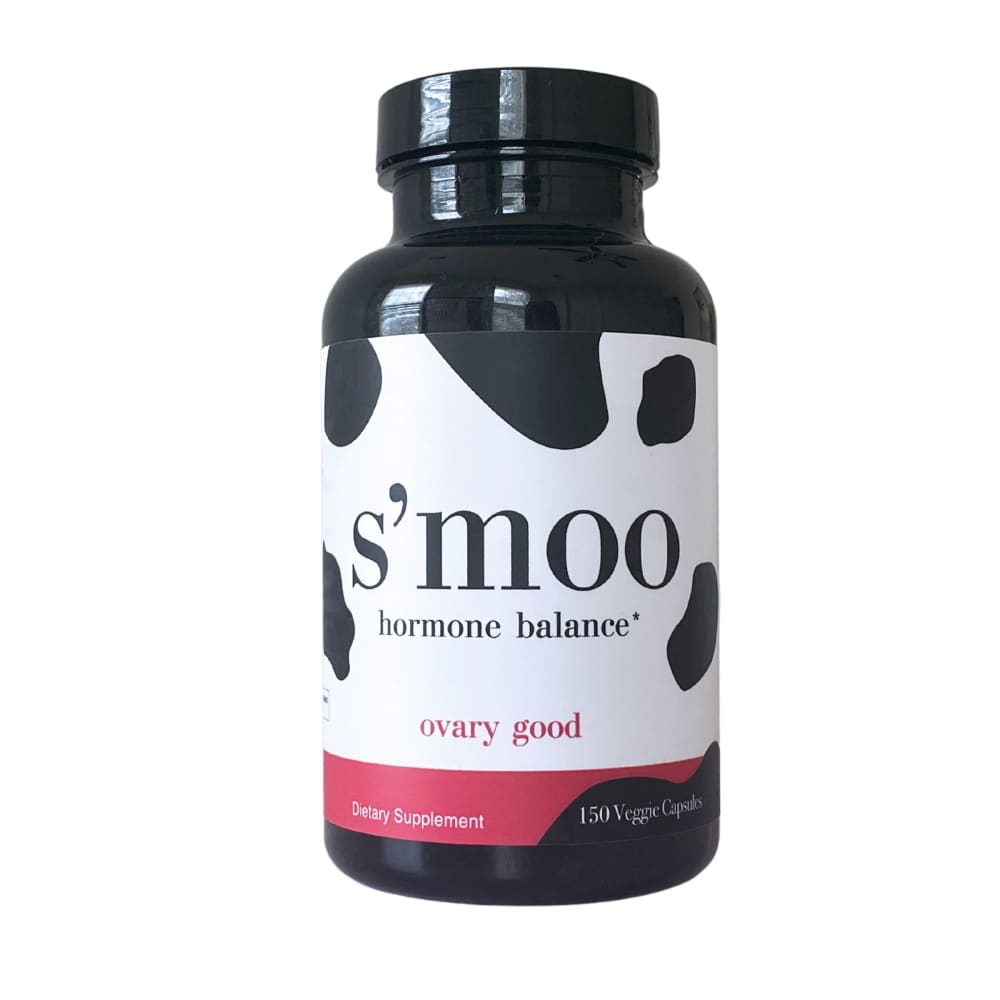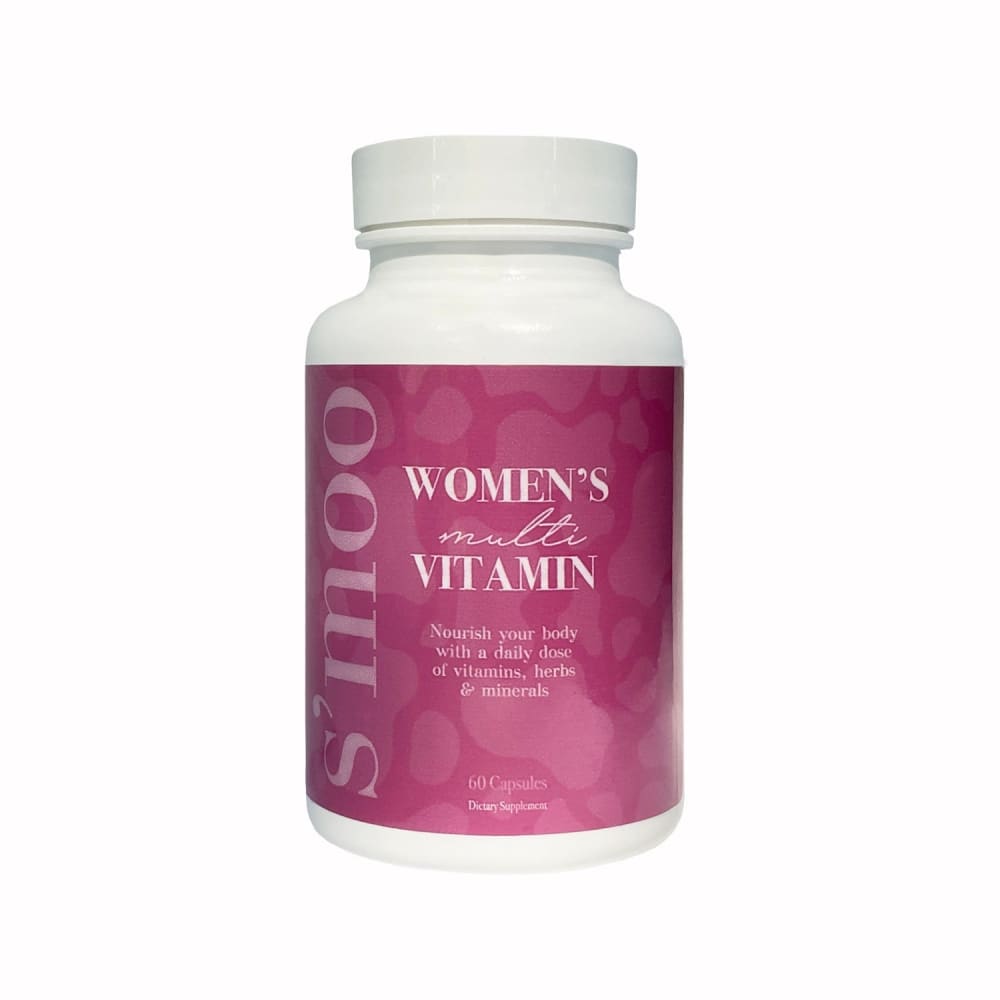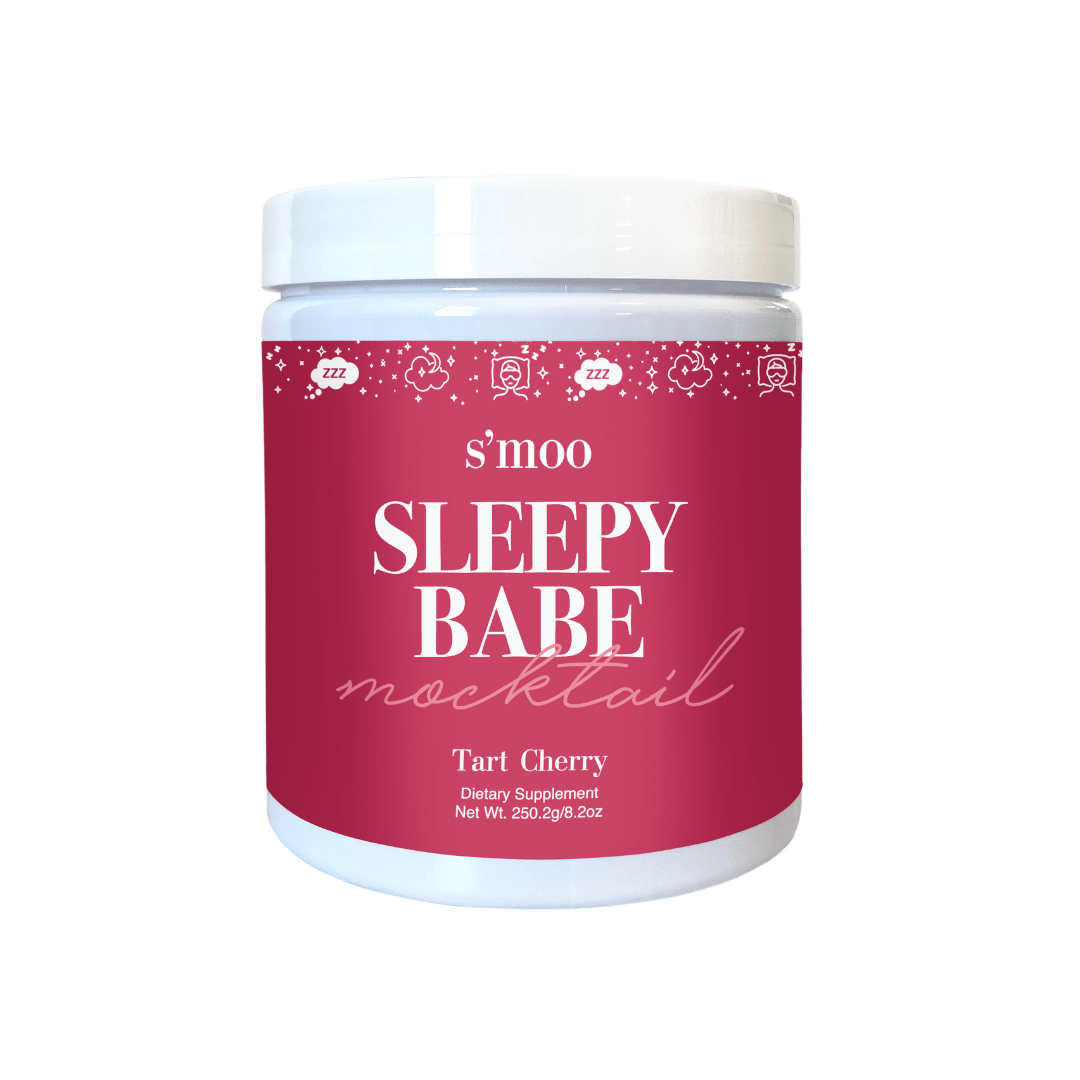PMS Versus PMDD: How They Both Are Different?
Raise your hand if you know someone who thinks PMS or PMDD is something women can voluntarily control? Well because of recent studies, you can now tell those people they are wrong.
Before we jump into PMDD, let’s talk about women for a moment. We’ve been left in the dust when it comes to a lot of things but in the health industry, studies testing the positive or negative results of a product are normally tested on men.
Studies for diseases and health are also normally focused on men. So it’s a big deal to finally have some scientific results, even if we don’t need them… because let’s face it, when you experience PMS or PMDD, you know how it takes control, it is anything but voluntary. Still it’s nice to have scientific proof!
Based on recent studies on women with PMDD (Premenstrual Dysphoric Disorder) we now know their symptoms are based around a genetic sensitivity to estrogen and progesterone.
“This is a big moment for women’s health, because it establishes that women with PMDD have an intrinsic difference in their molecular apparatus for response to sex hormones – not just emotional behaviors they should be able to voluntarily control,” Doctor David Goldman, M.D.
What is the difference between PMS and PMDD (Premenstrual Dysphoric Disorder)?
PMS and PMDD have a lot of similarities. The difference is how intense the symptoms are. It’s estimated that women suffering from PMDD (Premenstrual Dysphoric Disorder) actually lose three years of their lives to the misery and suffering of PMDD, it’s that bad. Think extreme PMS and then make it more extreme and imagine this torture for 10-14 days before your period.

Symptoms of PMDD can include:
Headaches, mood swings, depression, hot flashes, muscle pain, bouts of rage, insomnia, extreme fatigue, anxiety, irritability, appetite changes, difficulty concentrating, breast tenderness, feelings of hopelessness, decreased interest in usual activities, suicidal thoughts, cramps, bloating, irritability.
If you’re thinking, “hey, I have those symptoms of PMDD,” then you’re probably wondering if you have it. Remember the key to figuring out if you're experiencing PMS vs. PMDD comes down to: frequency, duration and the severity of these symptoms.
PMDD (Premenstrual Dysphoric Disorder) is when you have 5 or more of the above symptoms of PMDD and they are hijacking your life and making it hard or impossible to function in your daily activities. There is no lab test for this, a doctor will diagnosis you off of your symptom history. While genetics are involved in PMDD, it’s not the only thing making PMDD worse. Outside factors like your environment and your lifestyle choices can take it to the next level.
Women who have experienced sexual abuse, have a history of trauma, or are under extreme stress will be at an increased risk for PMDD.
Being overweight can also raise the risk for PMDD. Which might be caused from fat cells (adipose tissue) acting as endocrine and producing estrogen.
So if you think you might have PMDD or have a friend you’re trying to help, keep reading.
Natural Treatments for PMDD
What we want to focus on now is natural treatments for PMDD that you can try yourself. Some of these suggestions you’ll have seen in natural treatments for PMS as well from past blogs, because in general our goal here is to rebalance your body. It’s amazing what having a balanced system can do for your overall health and happiness.
1- Exercise
It doesn’t matter if you’re doing jumping jacks or dancing, cycling or going on fast walks or even slow walks but you need at least 30 minutes a day.
Getting your body moving is something I can’t say enough about, find something you love and get grooving. Try taking those two 15 minute work breaks and exercising then.
2- Acupuncture
I never cared much for it until I tried it myself. Acupuncture has been shown to reduce symptoms of PMS and PMDD by 50%.
3- Vitamin B6
Helps with irritability, mood, insomnia, fatigue. You can also find this vitamin in foods like salmon, avocado and chickpeas.
4- Magnesium
Can help with cramps, bloating, sore breasts, and help with your mood. You can find magnesium in nuts, Tempeh, sesame seeds, and leafy greens.
5- Vitamin E
Can be found in Avocados, nuts, shrimp and you can even buy a vitamin E oil. Vitamin E helps reduce prostaglandin which can help with menstrual cramps.
6- Vitex
Used for thousands of years and only recently tested and validated by science, this herb helps with irregular periods, painful periods, breast tenderness and menopause symptoms. This herb stimulates certain systems in the body and this naturally helps balance your hormones.
7- S’moo
A supplement with a combination of vitamins and herbs helping women with their PMS symptoms, regulating their period and improving your mood by balancing your hormones.
8- Therapy
To help bring a more positive light to your life, it can help to do a cognitive behavioral therapy that can help you deal with anxiety, depression and personal relationships that are being affected by PMDD.
9- Reduce Xenoestrogen
Xenoestrogens are hard to avoid, found in your general consumer products such as creams, lotions, soaps, shampoos, perfume, hair spray and room deodorizers. These compounds, surprisingly have chemical structures similar to estrogen. Try to avoid these as well as endocrine disrupting chemicals in common household products. Trying buying organic meats and only microwaving food in glass containers.
10- Food
Try increasing your daily vegetables, eating fiber rich foods and having a high protein and fat diet. Avoid sugars, refined carbohydrates and caffeine!
It seems like a lot but if you’re experiencing PMS or PMDD, know that your hormone imbalance is common but that doesn’t mean it’s something you have to live with. Don’t accept these symptoms as a life sentence, find a physician that will help, get a second opinion, try products on the market. Find groups like the S’moo Babes to talk to and get a support group! We don’t want you going through this alone.
Medical Disclaimer
This content is strictly the opinion of S'moo and is for informational and educational purposes only. It is not intended to provide medical advice or to take the place of medical advice or treatment from a personal physician. All readers/viewers of this content are advised to consult their doctors or qualified health professionals regarding specific health questions. Neither S'moo nor the publisher of this content takes responsibility for possible health consequences of any person or persons reading or following the information in this educational content. All viewers of this content, especially those taking prescription or over-the-counter medications, should consult their physicians before beginning any nutrition, supplement or lifestyle program.
References: https://pubmed.ncbi.nlm.nih.gov/28674766/
https://irp.nih.gov/pi/david-goldman
https://neurosciencenews.com/genetic-dysregulation-pms-5848/










